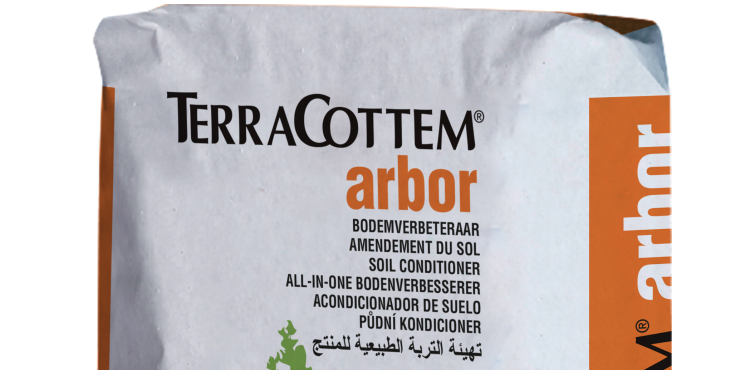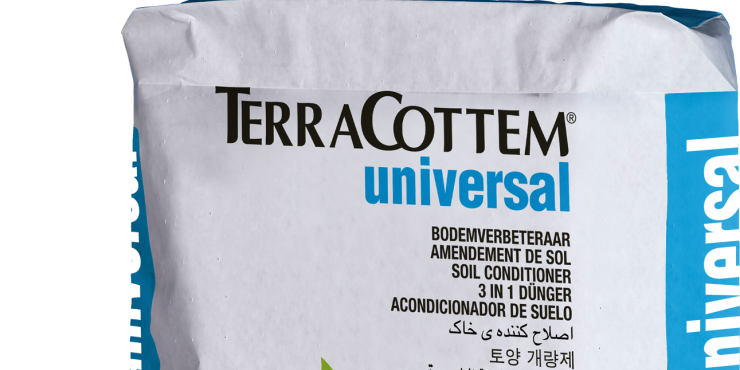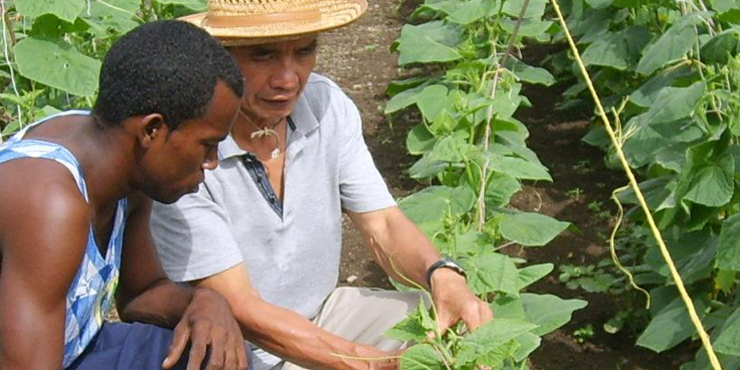- Home
- I am a grower
I am a grower
You are a plantsman. You could say that you run a “plant factory”. You enjoy plants and growing them but at the end of the day you manage an investment. Every plant in the nursery or on the farm is cash. There is a lot at stake. It’s a big responsibility.
Every plant that dies, is like throwing money away. It’s the same for plants that aren’t ready on time or that do not meet the specification. Your clients are professional and demanding. To ensure customer satisfaction you produce crops to a set standard within a tight time frame.
Each single plant deserves the best possible care
In the old days, a grower would be in his crops and spend all day looking after his plants. Now, the industry has changed so much and there’s so much to learn, you have to spend a decent amount of time behind a computer researching and emailing back and forth to stay on top of things. Love it or hate it, it’s equally important to being out in your crop. If you’re not upgrading, you’re going to get behind.

You are constantly on the look out to increase your yield and plant quality, to have a homogeneous crop, to reduce plant mortality, to reduce your inputs and have a good ROI.
The need for constant perfection of the cultivation process is reflected in:
- using state of the art propagation techniques,
- regulating and monitoring the growth conditions,
- strategic planning and crop modeling;
- optimizing the delivery and interaction with your clients.
Attention to detail is paramount. With plants, you only have one shot. You cannot say: “tomorrow is another day and I’ll figure it out next week”. Everything has to be precisely timed and delivered on a specific day. You don’t have much time to react. You have to be proactive.
The composition of the soil is the foundation for top quality plants.
Limitations in water retention causes wilting and plant loss. More watering also results in a higher water bill. And in those cases where there is no automated irrigation, more labour and attention is required.
Low fertility will result in suboptimal plant development. A low cation exchange capacity has a negative effect on fertiliser efficiency. . So, more inputs are required for the same effect. Consequently it increases the fertilizer content in the effluent.
Liebig’s law of the limiting factor
"Plant growth is controlled not by the total amount of resources available, but by the scarcest resource (limiting factor)."
Limiting factors can be nutrients and water, but also temperature, sunlight and the soil itself. Liebig’s law of the minimum can be summed up in the aphorism: "the availability of the most abundant factor is only as good as the availability of the least abundant one". Or, to put it even more plainly: "a chain is only as strong as its weakest link".
In fact, this principle is true for the entire production process.
Unique soil conditioning solution
The TerraCottem soil conditioners were designed precisely to address this principle. They are granular products that are mixed with the growing medium at preparation stage. They contain a well-balanced mixture of nutrients, hydroabsorbant polymers and growth stimulators.
The TerraCottem soil conditioners improve several soil properties:
- optimizing water retention,
- increasing cation exchange capacity and
- stimulating root development.
The result: a reduction in both the volume and frequency of necessary irrigation, more efficient fertiliser usage, less plant mortality, rapid plant development and higher yield.
In addition TerraCottem offers technical support. We believe in getting it right from the start. We look at the overall picture: the conditions on site, your challenges and what you want to achieve. We will assist you on how to get there.
TerraCottem has a scientific proven track record.
- Developed at Ghent University, Belgium.
- Continuously ongoing R&D with independent research facilities.
- Distributed in more than 40 countries worldwide.

- "Orange tree cultivation, Córdoba, Spain"
Rafael Ortega, agricultural engineer: “The product was applied in the tree pits just before planting the orange trees, which isn’t a great additional cost. We’ve obtained a good proliferation and development of the root system. The response has been outstanding: all seedlings went on successfully, despite the initial appalling conditions. TerraCottem has greatly improved the rooting of the seedlings. Consequently, there is an earlier entry into production. At no time did the seedlings show any signs of water stress. I’ve witnessed savings in irrigation water of about 25% without having put the seedlings under water stress meaning higher savings could be reached".

- "Planting vines, Lozer, Belgium"
Patrick Saveyn, project manager: “No water was given during planting: during their development, the vines are fully dependent on natural rainfall and the water buffer provided by our soil conditioning technology”. The results to date: 0% mortality".
- "The cherry on the cake"

- "Riverflor Nursery, Benalup, Spain"
Using TerraCottem for the cultivation of Zantedeschia aethiopica or calla lilies results in higher plants and better quality. In all height classes and for both years, an increase in the amount of flowers was observed, ranging from 13-180% the first year and 14-72% the second year after TC – application. TerraCottem was only applied once.
- "Oak and beech nursery trial, Slovakia"
Ing. Ivan Varchol: “The use of TerraCottem Universal soil conditioner in the current conditions of the forest nursery has proven to be economical, safe and noticeable. The product increases the production and quality of seedlings. This is an important fact that will affect the seedling production system for use in forestry not only in ŠS Šarišské Michaľany. Additionally, in times of global warming and increased demands on seedling quality by customers, the producers have to seek other options to improve their products. From this overall perspective the TerraCottem Universal soil conditioner definitely has an important role to play".
Yet you and your clients want thriving planting schemes without the worrying.
What if with a simple gesture at the time of planting, you give plants the extra help to start off the right foot instead of struggling to germinate or survive transplant shock?
TerraCottem universal is the original soil conditioner and is still the TerraCottem to use in most applications.
TerraCottem arbor is the soil conditioner for woody plants.
Just mix the TerraCottem soil conditioner with the soil or substrate. Easy.
- When? Just once, at the time of planting or prior to seeding.
- Why? To get better plant growth. To protect plants against drought and irregular irrigation. To ensure they will survive. To make your work stand out.
| There are different ones to suit your needs in different planting schemes |
|---|
Reap what you sow with the TerraCottem soil conditioning technology
Contact us nowReap what you sow with the TerraCottem soil conditioning technology
Contact us nowTerraCottem Intl. SL
Apartado de Correos 4511190 Benalup (Cádiz)Spain



